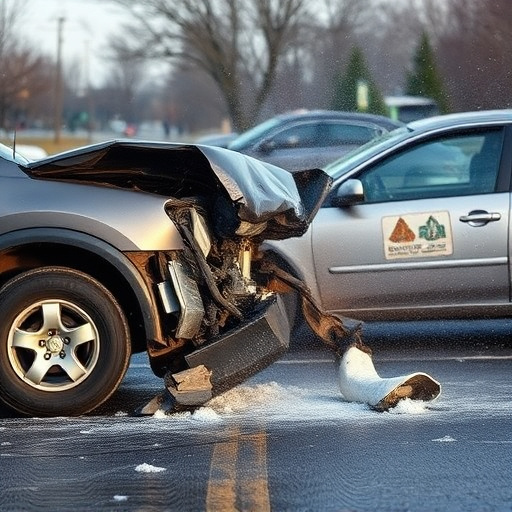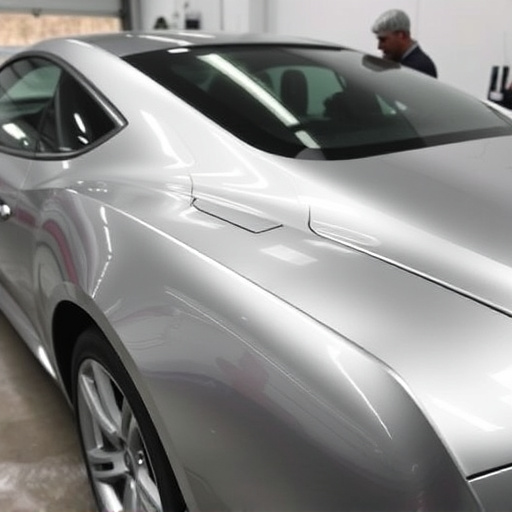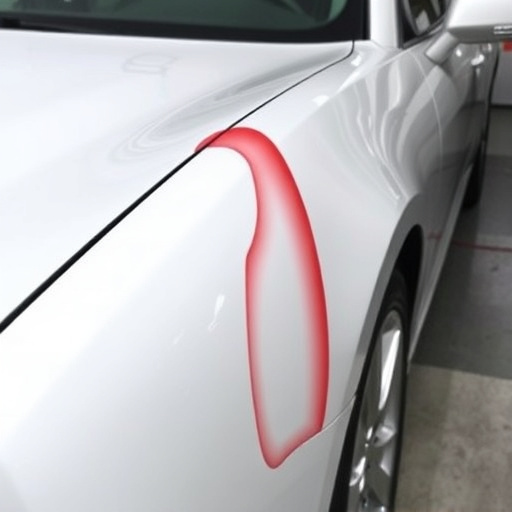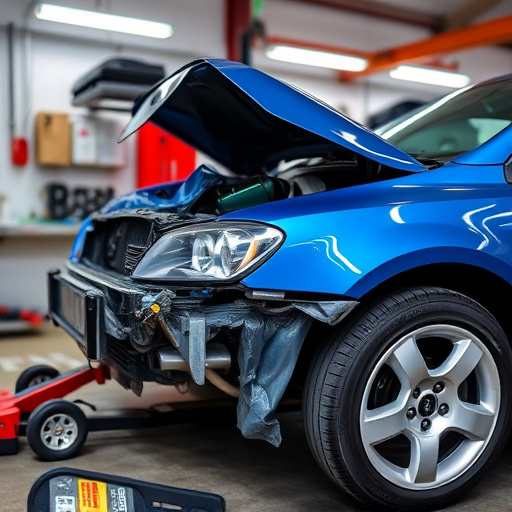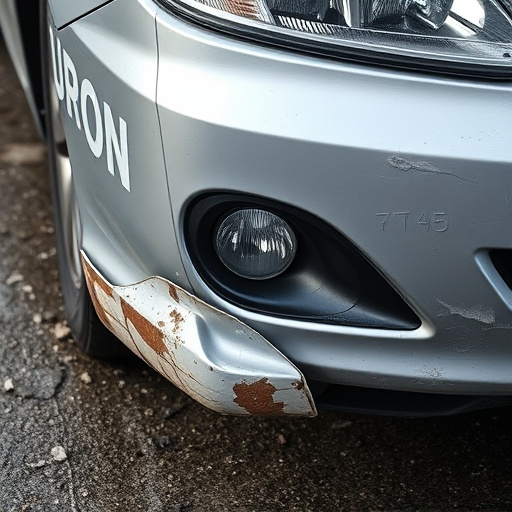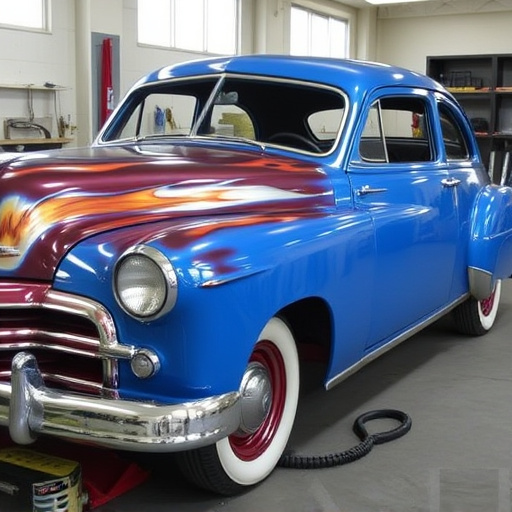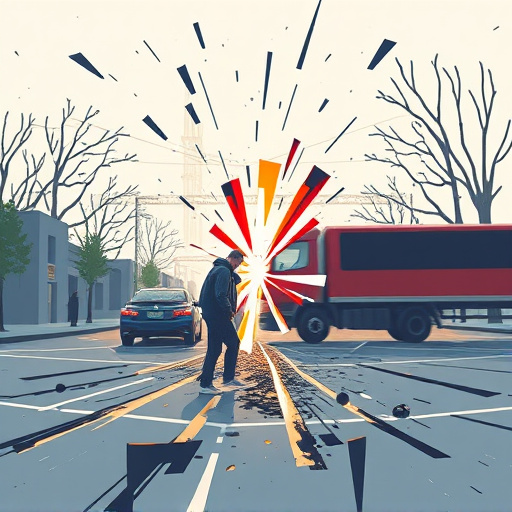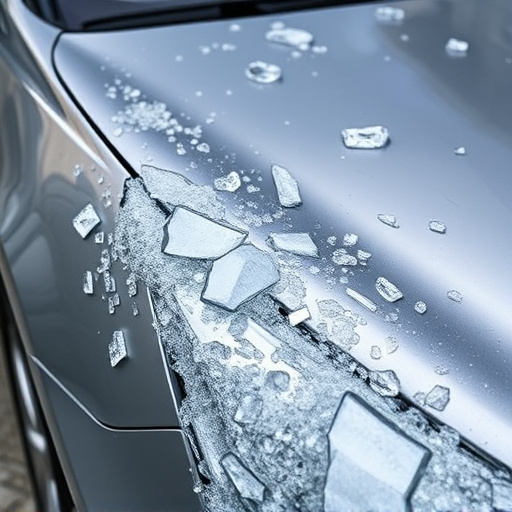Car paint scratches range from mild scuffs to severe gashes, requiring proper assessment for effective repair. DIY car paint scratch repair involves setting up a dedicated workspace, gathering tools like a buffing pad, touch-up paint, and sandpaper, and meticulously sanding and compounding the damaged area before polishing for a smooth finish. For deeper scratches, advanced methods like dent pullers or putty knives may be needed. Prompt attention prevents further damage and costly repairs.
“Quickly fixing car paint scratches is an essential skill for every vehicle owner. This guide will walk you through understanding different scratch types and their causes, preparing your workspace, and gathering the right supplies. Learn a step-by-step process to restore your car’s paintwork to its former glory.
Mastering this simple yet effective repair technique can save time, money, and ensure your car looks as good as new. Get ready to bid farewell to those pesky scratches with these easy-to-follow steps for efficient car paint scratch repair.”
- Understanding Car Paint Scratches: Types and Causes
- Preparing Your Workspace and Gather Supplies
- Step-by-Step Guide to Quick Car Paint Scratch Repair
Understanding Car Paint Scratches: Types and Causes
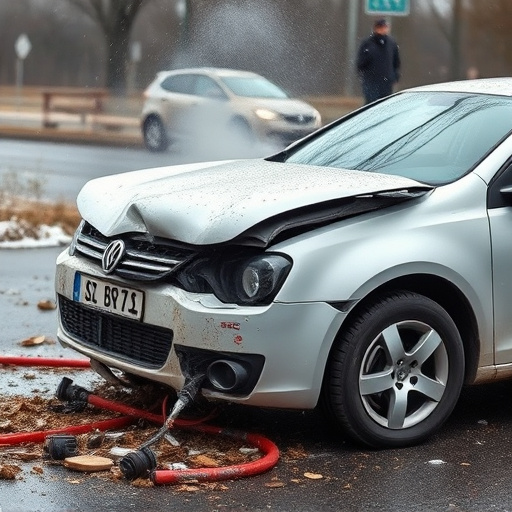
Car paint scratches are a common occurrence for many vehicle owners, and understanding their types and causes is the first step in effective car paint scratch repair. These scratches can range from shallow, light scuffs to deep, damaging gashes, depending on several factors. The primary cause is usually contact with rough surfaces like gravel, debris, or even other vehicles during parking or driving. Car paint can also chip due to harsh weather conditions, such as ice and snow, leading to more significant damage that requires professional car body repair services.
Different types of car paint scratches include minor surface imperfections, which are often only visible under direct light, and deeper scratches that can expose the clear coat and even the base color layer. Some scratches may be isolated, while others form part of a larger network of damages. Prompt attention to these issues is crucial as left unattended, even small scratches can lead to more extensive and costly car body repair down the line. Effective car paint scratch repair involves assessing the depth and extent of the damage for suitable treatment options, whether it’s a DIY approach or seeking vehicle repair services from a reputable body shop.
Preparing Your Workspace and Gather Supplies

Before starting any car paint scratch repair, it’s crucial to prepare your workspace and gather all necessary supplies. Clear a dedicated area in your garage or driveway, ensuring it’s clean and well-lit. Gather your tools, including a mild detergent, microfiber cloths, a buffing pad, and a can of touch-up paint specific to your car’s make and model (think Mercedes Benz repair if that’s your vehicle). Don’t forget safety gear like gloves and goggles to protect against chemicals and debris. Proper preparation minimizes mistakes and ensures the best results for your bumper repair or car paint repair efforts.
Once your workspace is ready, double-check that you have everything needed for the job. This includes a small scraper or sandpaper (for light scratches), primer, and clear coat. For deeper scratches, consider using a dent puller or a putty knife. Remember, the key to effective car paint scratch repair lies in taking your time and being meticulous with each step.
Step-by-Step Guide to Quick Car Paint Scratch Repair
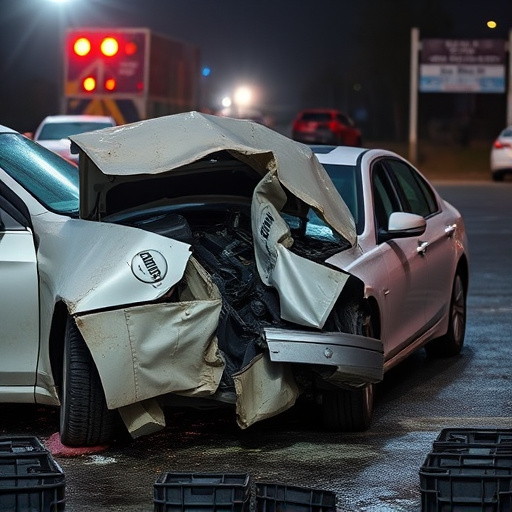
Car paint scratch repair is a quick and straightforward process when done correctly. Here’s a step-by-step guide to help you achieve that smooth, glossy finish again. First, assess the depth and length of the scratch using a flashlight or by observing it from different angles. If it’s shallow, you might be able to fix it with a simple compound and polish. For deeper scratches, you’ll need a bit more patience and auto bodywork expertise.
Prepare your work area by parking in a shaded spot to prevent the paint from drying too quickly during the repair process. Put on safety goggles and gloves to protect yourself. Ensure the car surface is clean, dry, and free of dust or debris. For fender repair or car bodywork, use a fine-grit sandpaper to gently buff away any damaged paint, revealing the underlying layer. This step helps the new paint adhere better. Then, apply an appropriate car paint scratch repair compound using a small spatula or scraper. Work it into the scratch in thin layers, allowing each layer to dry slightly before adding another. Once the final layer is on, sand again with a finer grit paper and wipe clean with a microfiber cloth.
Car paint scratch repair doesn’t have to be a daunting task. By understanding the types and causes of scratches, preparing your workspace, and following a simple step-by-step guide, you can quickly restore your vehicle’s sleek finish. With the right supplies and a bit of patience, you’ll be amazed at how much better your car looks after the repair. Remember, prompt action is key to minimizing visible damage from paint scratches.

